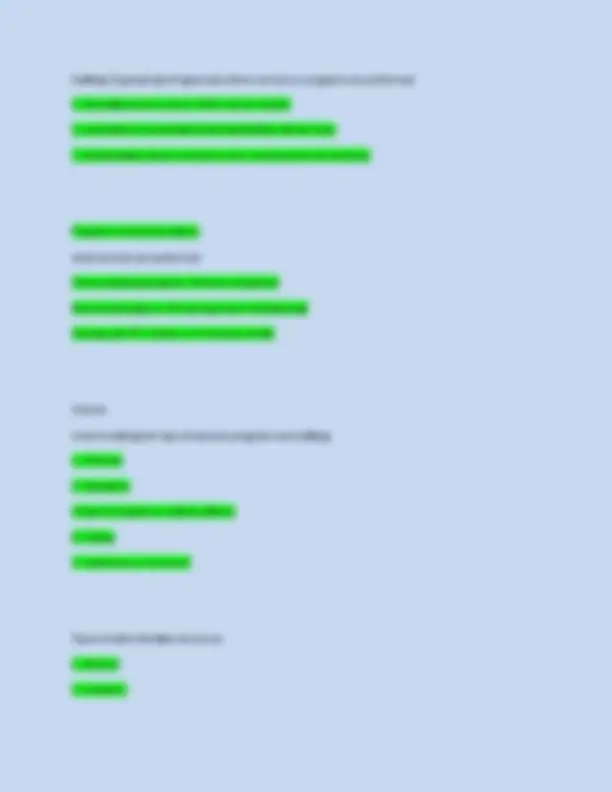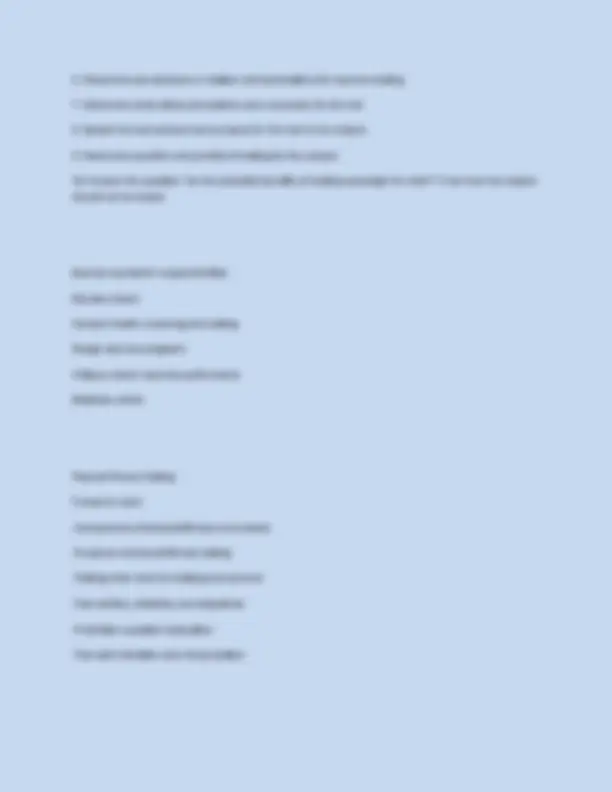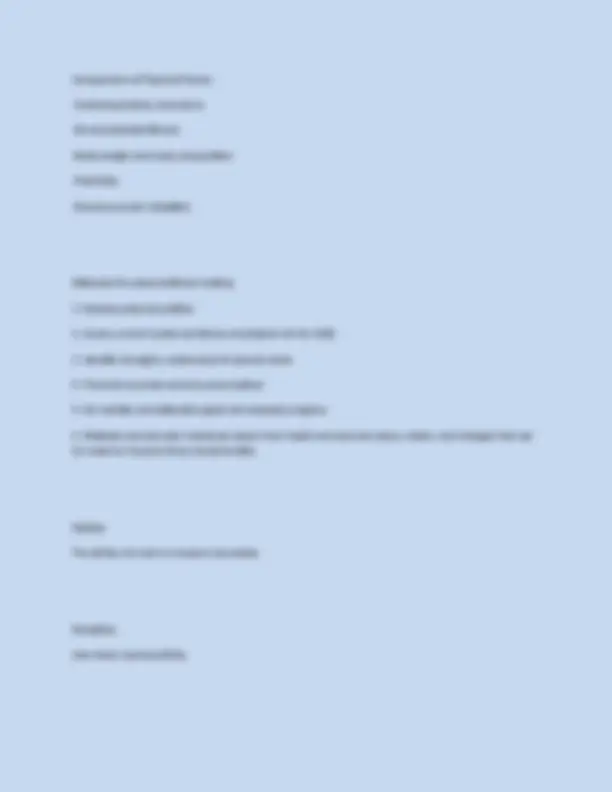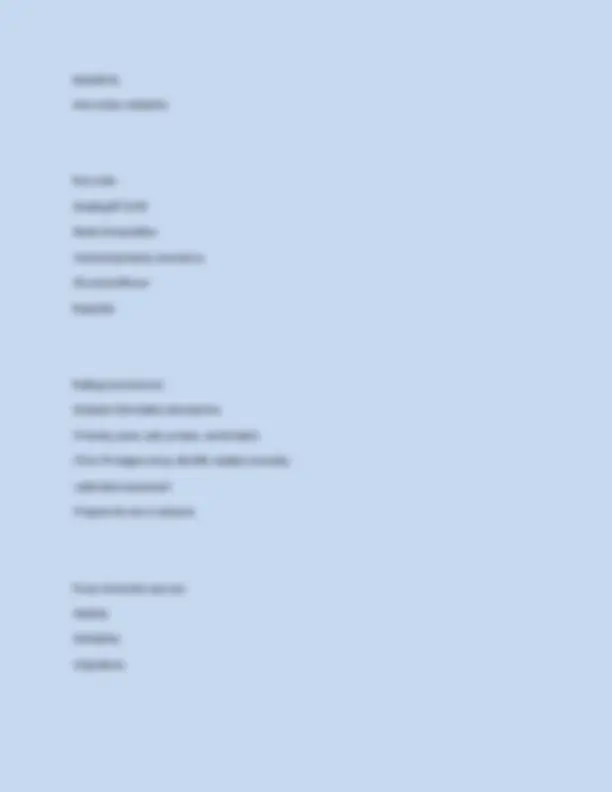








Study with the several resources on Docsity

Earn points by helping other students or get them with a premium plan


Prepare for your exams
Study with the several resources on Docsity

Earn points to download
Earn points by helping other students or get them with a premium plan
Community
Ask the community for help and clear up your study doubts
Discover the best universities in your country according to Docsity users
Free resources
Download our free guides on studying techniques, anxiety management strategies, and thesis advice from Docsity tutors
EXSC 4230 Exam 1 MARINE ENVIRONMENTS AND ORGANISMS 2025 QUESTIONS WITH COMPLETE VERIFIED ANSWERS
Typology: Exams
1 / 12

This page cannot be seen from the preview
Don't miss anything!







Sports Medicine
all terms related to exercise and sports performance, both medical and scientific aspects
Physiology
the study of the function of the body
Kinesiology
the study of the art and science of human movement
Exercise sciences
The description and explanation of natural phenomena associated with physical activity
Physical activity
Any bodily movement produced by the contraction of skeletal muscles that results in a substantial increase in caloric requirements over resting energy expenditure
Exercise
A type of physical activity consisting of planned, structured, and repetitive bodily movement done to improve and/or maintain one or more components of physical fitness
Physical fitness
a set of attributes or characteristics that individuals have or achieve that relates to their ability to perform physical activity
Disciplines
information used by professionals to make informed decisions
Settings
Categories that identify the purpose and types of exercise/fitness programs and the criteria used to distinguish programs
Agencies
sites where programs are delivered
Settings (3 groupings of agencies) where services or programs are performed
Programs of physical activity
what services are performed
Fitness (walking program, Parks/rec programs)
Exercise (Strength or CR training, Sport Conditioning)
Therapeutic (PT, Cardiac or Pulmonary rehab)
Criteria
Used to distinguish type of exercise programs and settings.
3.Type of program or activity offered
Types of administrative structures
Responsibilities of Exercise Professionals
Education: benefits of exercise
Screening: pretest evaluations and stratification
Selection: administration, interpretation
Design: Individualized program
Lead: exercise sessions
Critique: technique, performance
Motivate: continued adherence, improvement
CHD Risk Factors
Primary: Tabacco use, physical inactivity, hypertension, dyslipidemia(elevated LDL's and Total C)
Secondary: Advanced age, Family History, Obesity, pre-diabetes
Health benefits of Physical Activity
Reduced risk of:
Dying prematurely from CHD and stroke
Developing diabetes and metabolic syndrome
Developing high blood pressure
Exercise intensity
MET=?
1MET=?
EXERCISE INTENSITIES USING METS:
Light=?
Moderate=?
Vigorous=?
MET= metabolic equivalent
1 MET= energy cost of rest
Light intensity= less than 3 METs
Moderate intensity= 3-6 METs
Vigorous intensity = more than 6 METs
1 - 5 steps for Health screening and Risk stratification
6 - 10 steps for health screening and risk stratification
Exercise specialist's responsibilities
Educate clients
Conduct health screening and testing
Design exercise programs
Critique clients' exercise performance
Motivate clients
Physical Fitness Testing
5 areas to cover
objectivity
inter-tester reliability
Test order
Flexibility
Testing environment
Three criteria for any test
Line of best fit
Standard error of estimate (SEE)
the average deviation of indvidual data points from the regression line or line of best fit
Total Error (TE)
the average deviation of individual data points from the line of identify
Constant Error (CE)
the difference between the actual and predicted means of the sample (paired t-test)
Physical fitness pretest instructions